
Javier Miley began his libertarian economic experiment to transform Argentina. In a series of reports, The Telegraph's global economics editor Ambrose Evans-Pritchard travels through what was once one of the world's richest countries to find out whether «shock therapy» might work. You can read the first part of the series here and the second here.
The geopolitical battle for clean technology supremacy is being waged at 13,700 feet on the salt lakes of Argentina's Cordillera.
It is here, in the border regions that make up the lithium triangle of the high Andes, that China and the West are vying for control of 60 percent of the world's lithium reserves, a critical mineral for electric vehicles and the post-carbon economy. /p>
The two sides are engaged in a strange mixture of bitter competition and joint ventures, much like the tensions of the commercial Cold War.
 The Argentine Hombre Muerto salt pan is one of the world's most important sources of lithium
The Argentine Hombre Muerto salt pan is one of the world's most important sources of lithium
The Salar del Hombre Muerto (Dead Man) has a rugged spiritual beauty, but it is a difficult place to make a living. The crews perform shifts of 14 days on and 14 days off, enduring a seven-hour journey in a convoy of buses along a dirt road, over a pass at an altitude of about 15,000 feet, before plunging into the 16th-century subtropical oasis. Salta, where the wine flows again.
At Galan Lithium, 150 employees and contractors are under close medical supervision. Luckily, so did the visitors, because I needed oxygen and a powerful pill to control my blood pressure swings. I was monitored in the operating room until my SpO2 levels and heart rate returned to safe levels. It was like the team's physiotherapists using a magic spray to prop up a fallen player at a football match.
“The most difficult things about Hombre Muerto are the altitude, the wind and the snow. Even young workers come here and just can’t stand it,” said Cristian Ordenes Moraga, head of the Chilean site, diplomatically.
Argentina's lithium belt is a 300-mile stretch of salt lakes and scattered herds of wild vicunas, with the occasional flicker of solar panels on the horizon.
Solar energy is becoming a must for remote lithium operations. Diesel is incredibly expensive to transport, and after 2026 you won't be able to export it to Europe without a lithium-carbon passport. “Everyone is thinking about solar alternatives as a Plan B,” says David Guerrero, an Argentine lithium entrepreneur.
Mining volcanic lithium itself is elegantly simple. Galan has 15 «bombs», each of which pumps green liquid from a depth of 350 feet at a rate of eight liters per second. «It's similar to pumping water from an aquifer, except it's 1.2 times more dense,» Ordenes Moraga said.
The brine is evaporated in several ponds over 18 months, removing sodium along the way. , magnesium and boron until it reaches the global reference concentration of 6% lithium or 32% lithium carbonate equivalent (LCE). The sun does the hard work.
Galan Lithium is an Australian listed company founded and operated by Chileans, world leaders in brine mining. At the site, the company is building a plant to convert the solution into lithium hydroxide, which is preferred for electric vehicle batteries due to its higher energy density than standard lithium carbonate.
The process is nothing like that, according to Benchmark Mineral Intelligence with lithium mining from spodumene rock in Australia or China, where carbon dioxide emissions are seven times higher, according to Benchmark Mineral Intelligence.
“Spodumene is very dirty. It has to be cooked in the oven, and this requires a huge amount of energy. Producing lithium this way costs $9,000 (£7,200) a tonne and creates enormous amounts of waste,” said Ernesto Calvo, Argentina’s “Mr. Lithium” and professor at the National Council of Scientific and Technical Research. He estimates the profitability of salt lake lithium to be $3,000 to $3,500 per ton.



















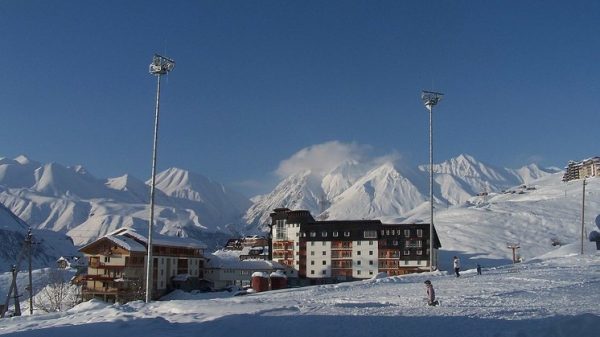

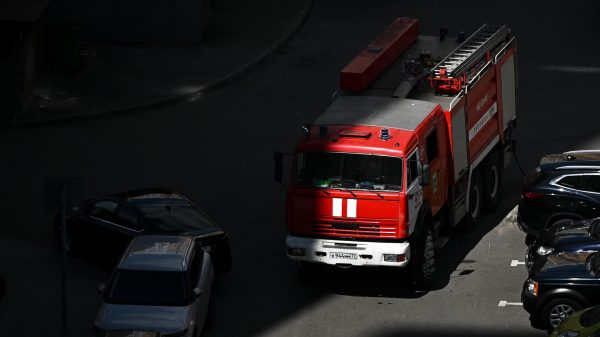






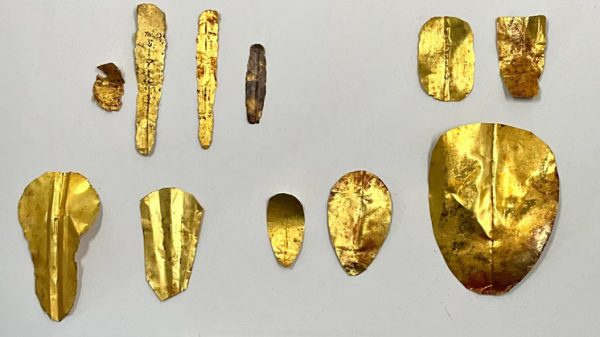

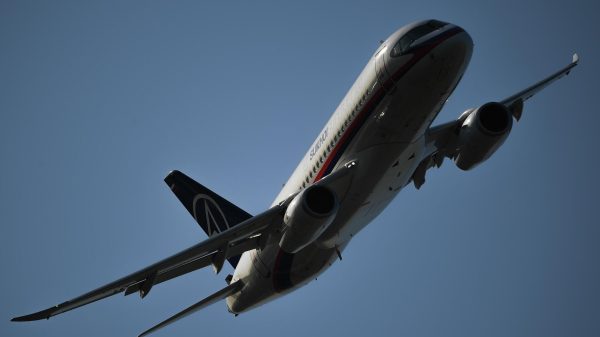
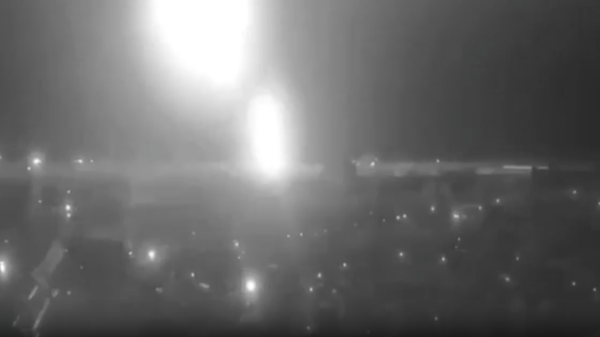

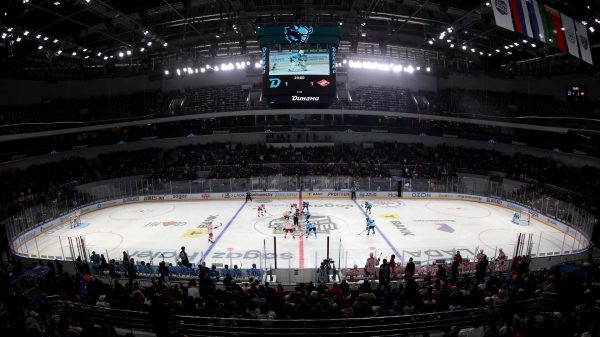


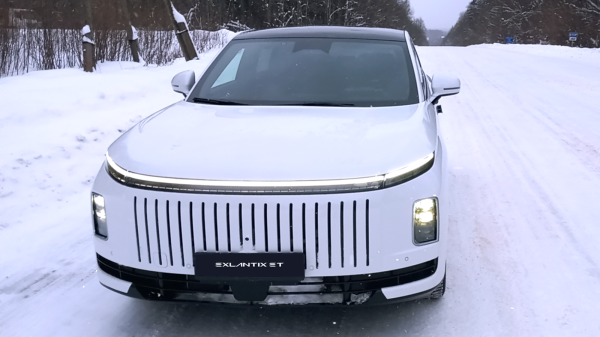
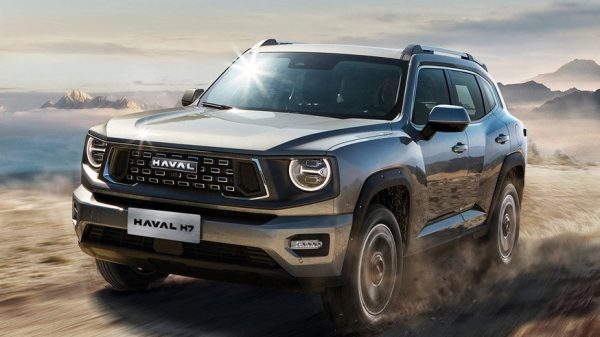

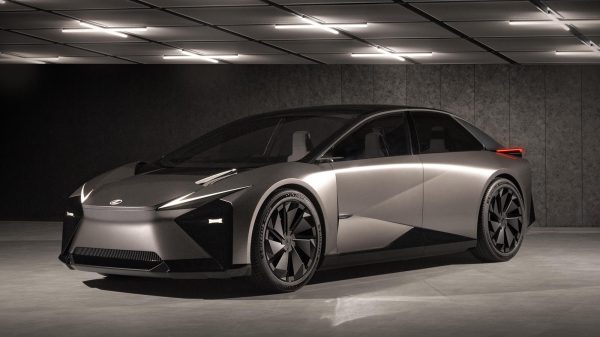
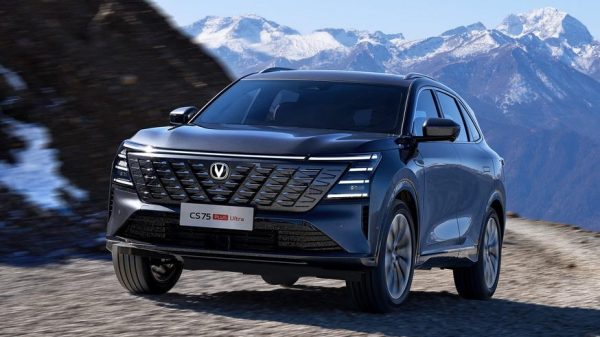








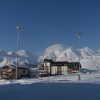














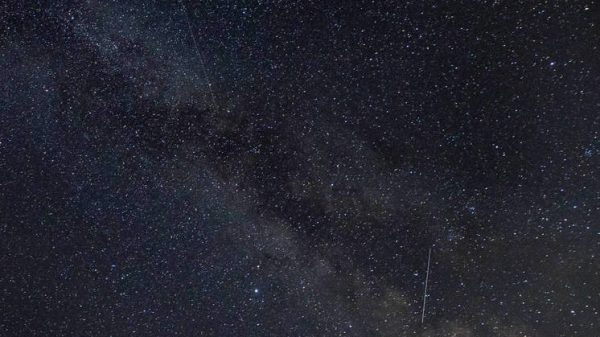

Свежие комментарии